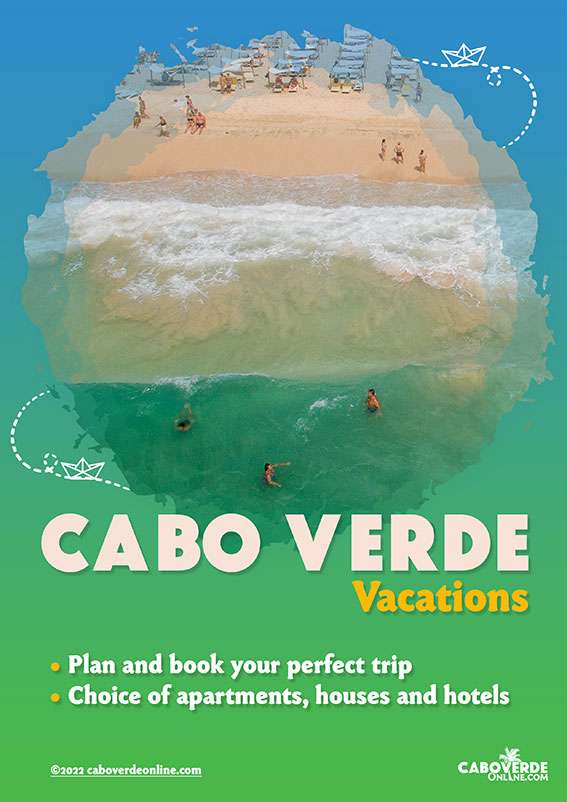The vestiges of Portuguese culture are much more evident than those of African culture, although this is less true on Santiago Island, which has a significant number of people of African ancestry. Most people in Cabo Verde are creole; about a quarter are of African descent. Portuguese is the official language. People also speak Crioulo, an African Creole Portuguese. For its tiny size, Cabo Verde has produced a wealth of literature. The works written prior to independence focused on liberation and were mainly in Crioulo. Post independence, the themes expanded to include the mass emigration from the islands by the American immigrants and racial discrimination. Some writers continue to write in Crioulo (Kriolu), while others write in Portuguese, the dominant literary tongue.
Cabo Verde is home to a variety of musical styles. One of the most popular is the foot-stomping funana, a dance beat popular in Praia and other cities and towns; morna, the national songform, typically slow, moody and in a minor key; and coladeira, a fast-moving, fluffy style of dance music. The country’s best-known musician was Cesaria Evora, the ‘barefoot diva’, who sang in the traditional Cabo styles. Caboverdean food is basically Portuguese, but some dishes are unique to the islands. One of the most unusual and delicious is pastel (pastry with content inside) – a mix of fresh tuna, onions and tomatoes, wrapped in a pastry blended from boiled potatoes and corn flour, deep fried and served hot. Soups are also popular. One of the most common is caldo de peixe (fish stew), which is loaded with vegetables and spices and thickened with manioc flour. Other specialties include bananas enroladas (bananas wrapped in pastry and deep fried) and manga de conserva (an unsweetened chutney-like concoction). About 80% of the people are Roman Catholic.
At the time of independence in 1975, the Church was the single largest landowner in the country. Subsequent land reform has reduced these holdings, but the Church remains powerful in the country.
Arts and Crafts
Why is culture important to society and to life in general? Perhaps because it fulfills that special role of establishing and reinforcing bonds of union between the groups who make up humanity. Historically, artistic and cultural activity in Cabo Verde was and still is always conducted with some practical, useful end in view. The etruscan vase, for example was originally used for holding olive oil, the pano (woven cloth), colcha (quilt), or the pote (water jug) all had a practical use. This is true both in the archipelago and of the people living on the west coast of Africa, where narrow lengths of woven cloth called panos served as the currency until the end of the 19th century.
Cabo Verde was represented in the exibition of London during 1862 with some examples of weaving. Today there are two areas of handicraft in Cabo Verde, serving two different purposes. The ornamental and the practical. One area is concerned with establishing contact with the public. These decorative arts and craft include the making of attractive objects in turtleshell, clay dolls, as well as various objects made from bulls horn and coconut shell. Some of the practical objects still produced in every village, city or town in Cabo Verde are the elegant straw hats, balaio (baskets made from straw), lamps and rope made from coconut palm trees.
Other practical object still done today is ceramic. Pottery in Cabo Verde began with the colonization of the Islands when men and women from West Africa introduced the methods still used today. Pottery is done when women/men old or young shape the clay. Then it is fired in open kilns, a large hole in the ground that is sometimes accompanied with rituals. The pieces to be fired are placed together with fuel, which usually consist of straw, leaves, twigs, or animal manure.
Today, as with any technological advance, a lot of the old ways of doing things are disappearing, but articles of cloth or ceramic arts can still be found in the local communities. Most of the arts and craft are now being marketed towards tourists and foreigners.

